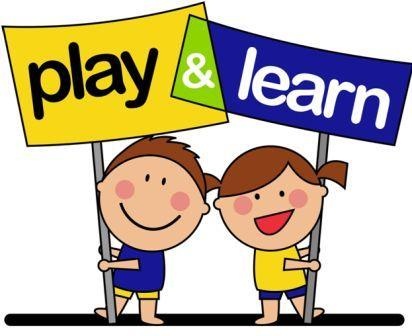“The child amidst his baubles is learning the action of light, motion, gravity, muscular force…” – Ralph Waldo Emerson
Time For Work And Time For Play
Anthropologists define “play” as activities involving games, stories or art. Children love these activities because they’re fun, but there is also a serious evolutionary purpose behind them: implicit learning.
Through implicit learning we come to understand the interrelationships between objects, and thus the complexities of our world. One story I can relate to comes from Gabe Zichermann’s TED talk where Gabe explains at first he did not really understand history at school through lectures and textbook. It wasn’t until he played the video game Civilization that he could make sense of the lessons in schools. He now understood the motivations behind war, the need for resources, political feuds, etc. After playing the strategy game, his history lesson at school began to make sense.
We have two distinct memory channels when we learn information.
-
When we are paying attention to a lecture or textbook, we are accessing what is called declarative memory. Declarative memory refers to information we can consciously access, like names, dates and quotes in a history book. This is explicit knowledge.
-
When we are playing and having fun, we enter an altered state of mind, and our learning channels transfer to what is called implicit memory. Implicit memory is not accessible to our conscious mind, but it plays a key role in forming our personality, judgment and skills. This is tacit knowledge.
These two memories work together to help us understand the complexities of the world. When designing a game-based learning program, you have to be aware of these two different channels. You should still use lectures and textbooks, but this content will not be well understood without the tacit learning that play can provide. Learning skill-based games like chess provides a good framework for learning, and you need to keep practicing. However, you also need to enhance your skills by reading books, otherwise you are likely to plateau after 3 years and will not make considerable progress anymore.
“While tacit knowledge can be possessed by itself, explicit knowledge must rely on being tacitly understood and applied. Hence all knowledge is either tacit or rooted on tacit knowledge. A wholly explicit knowledge is unthinkable” – Michael Polanyi, author of Knowing and Being
Be aware that you have to separate these two activities. As this article explains, you cannot access both memory channels successfully at the same time.
Fun Is Essential for Implicit Learning
Creating a fun educational game will drive engagement by making learning pleasurable, but fun is also a sign that your design has the potential of educating the player through implicit learning. One study states:
”We conclude, based on the reviewed literature, that one can predict improved implicit acquisition by moderately elevated dopamine levels and impaired implicit acquisition by moderately decreased dopamine levels.”
Fun helps us learn! Our world is becoming more complex, we need to add fun to the classroom more than ever not because it is pleasurable, but because it is practical. As a kid Gabe was learning complex knowledge implicitly through a strategy video game without supervision. The same study has another quote that echo such experiences:
“The acquisition of complex knowledge structures, essentially without deliberate explicit strategies and supervised teaching, has been investigated under the umbrella term of implicit learning.”
So remember these key points:
-
Play stimulates implicit learning;
-
Implicit learning helps us understand complex knowledge;
-
Don’t skip on the lectures and make it all a big game;
- When you do make a game, fun is a sign that you’ve done a good job both in terms of engagement and stimulating implicit learning.









Completly agree! Fun is an catalizer for a good learning with gamification and serious play we have greats tools to improve the learning and change the standard!
Guido Olomudzski
http://www.filousla.com/category/novedades/